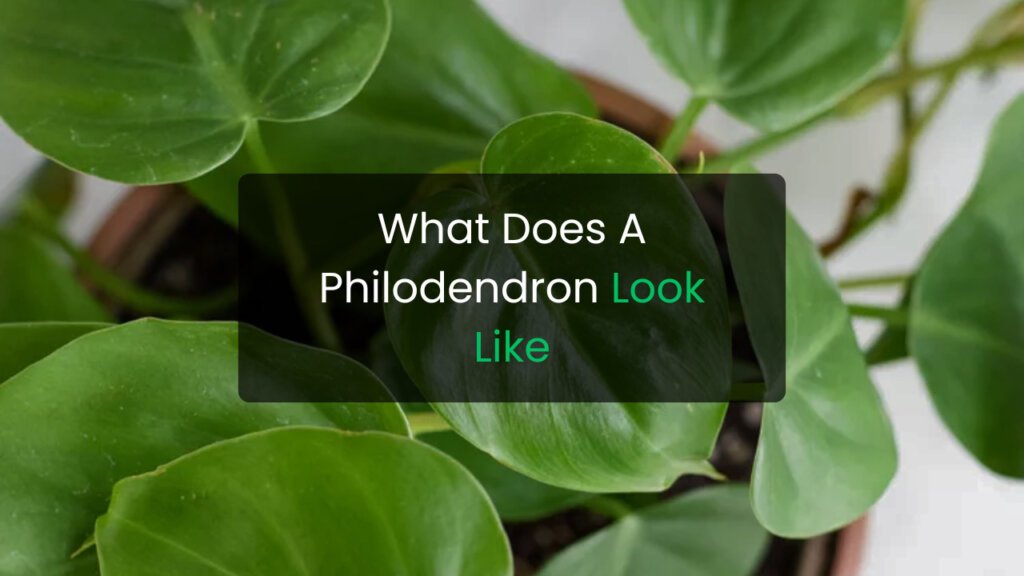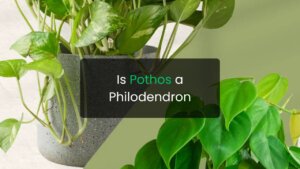Philodendron plants are popular houseplants known for their beautiful foliage, tropical appearance, and easy growing nature. Their look can vary depending on the species, but most philodendrons share common features that make them easy to identify. From heart shaped leaves to climbing vines, these plants bring a natural jungle feel to indoor spaces.
Philodendrons belong to the Araceae family and are native to tropical regions of South America. With over 450 species, each variety has a unique appearance, but certain traits help standout what a philodendron looks like.
Key Features of a Philodendron
Leaf Shape and Size
Philodendron leaves are one of the most recognizable parts of the plant. They are often large, glossy, and come in various shapes including heart shaped, oval, lobed, and deeply split forms. Some have smooth edges, while others show dramatic cuts like the Philodendron Selloum.
Leaf Texture and Color
Typical philodendron leaves are smooth and glossy green, but some varieties show variegation with cream, yellow, or light green patterns. Velvet leaf philodendrons, like the Philodendron Micans, display a soft and velvety texture.
Growth Habit
Philodendrons grow in two main styles:
- Climbing philodendrons: These have long vines and aerial roots that cling to moss poles or trellises.
- Self heading philodendrons: These grow upright in a more bushy shape, with leaves arising from a central stem.
Aerial Roots
Most philodendrons produce aerial roots that grow along the stems. These roots help the plant attach to surfaces and absorb moisture from the air.
Petioles and Stems
Philodendron stems are usually sturdy, with thick petioles supporting the leaves. The stems may look green, brown, or sometimes reddish depending on the variety.
Popular Philodendron Types to Recognize
| Philodendron Variety | Key Appearance Traits |
| Heartleaf Philodendron | Small heart shaped leaves, trailing vines |
| Philodendron Birkin | White pinstripe variegation on dark green leaves |
| Philodendron Xanadu | Deeply lobed leaves, compact bush form |
| Philodendron Micans | Velvet texture, deep green to bronze leaves |
| Philodendron Monstera hybrid confusion note | Looks similar to Monstera but leaves differ in maturity |
Tips to Identify a Philodendron
- Look for heart shaped or lobed leaves
- Check for aerial roots along stems
- Observe glossy or velvety leaf texture
- Notice vine or upright growth pattern
- Identify glossy green or variegated foliage
Why Philodendrons Are Easy to Identify
Their lush tropical look, climbing stems, aerial roots, and signature leaf shapes make them simple to spot among indoor plants. Whether trailing from a hanging pot or climbing a pole, philodendrons bring life and greenery to any home.
FAQs
Do philodendrons look like pothos?
Some philodendrons look similar to pothos, but philodendron leaves are usually softer, have heart shapes, and display more variety in texture.
How can I identify a philodendron leaf?
Look for smooth or velvety heart shaped or split leaves with a tropical glossy look.
Is philodendron always a climbing plant?
No. Some species climb while others grow upright as self heading plants.
Do philodendrons have aerial roots?
Yes, most philodendrons grow aerial roots that help them climb and absorb moisture.
What color are philodendron leaves?
Mostly green, but some have variegation with white, yellow, or light green patterns.





